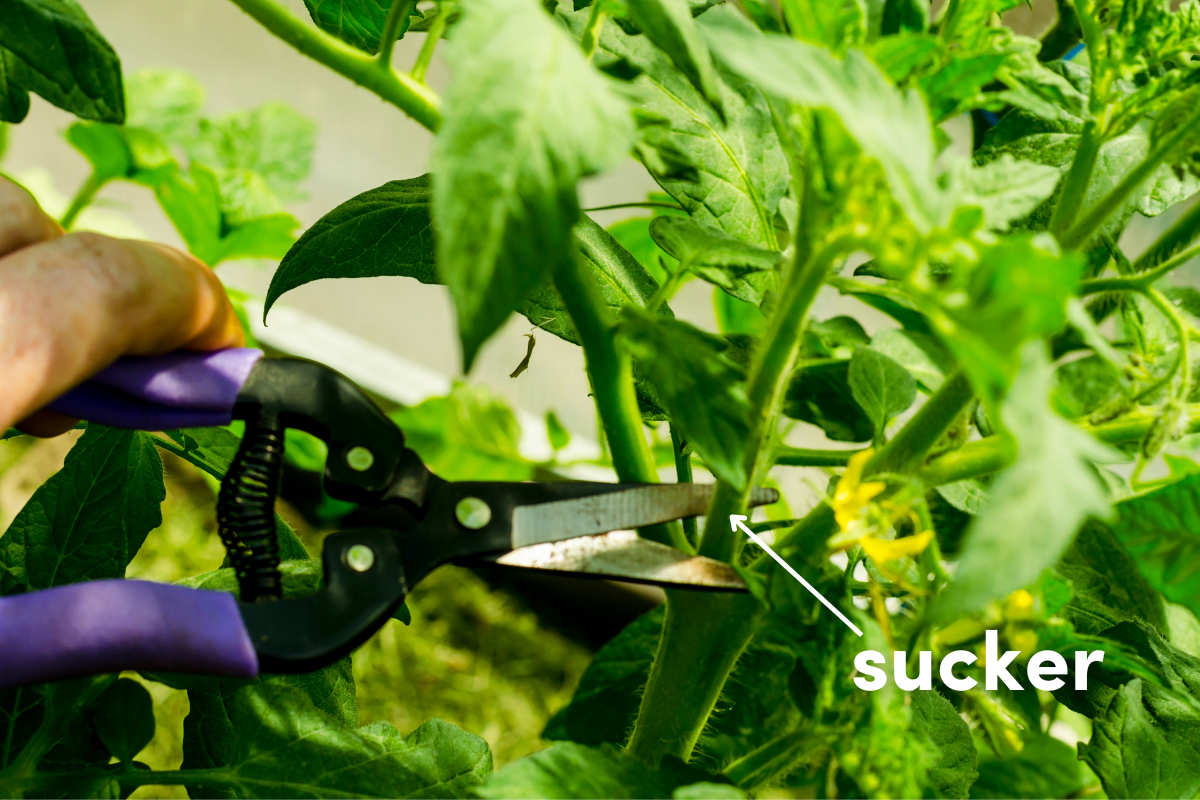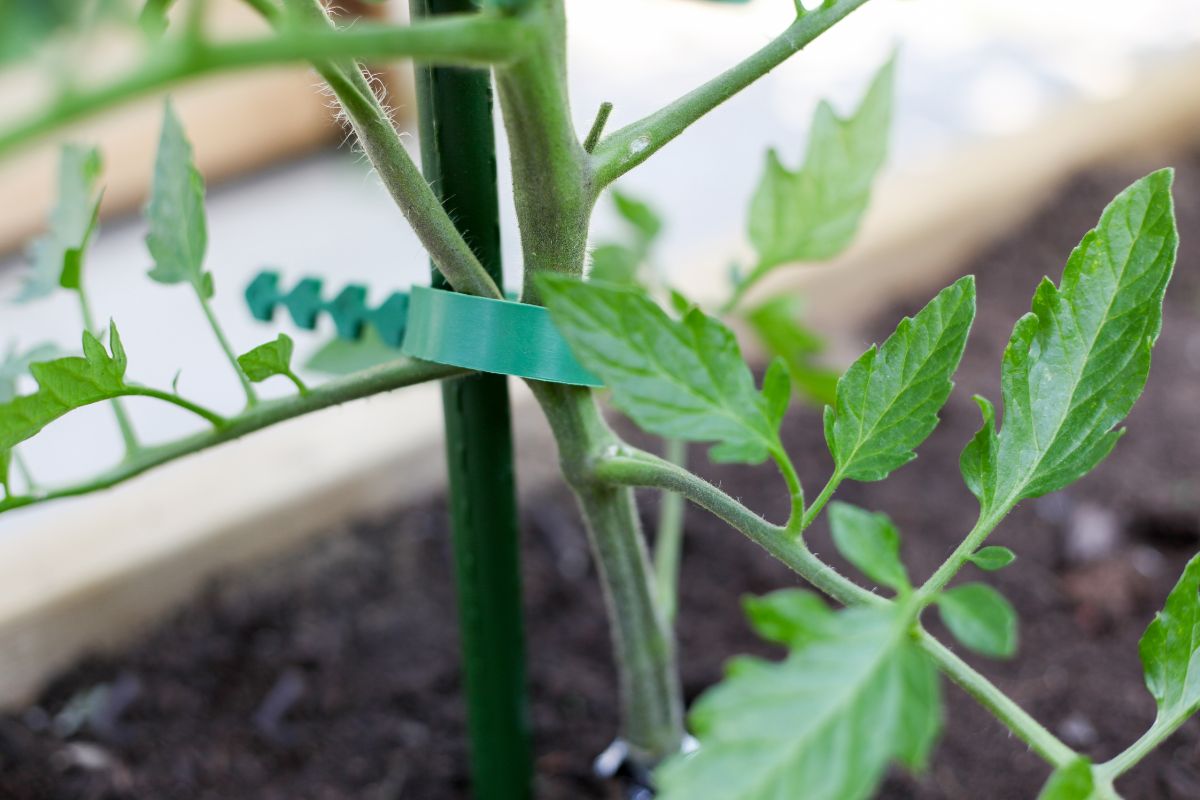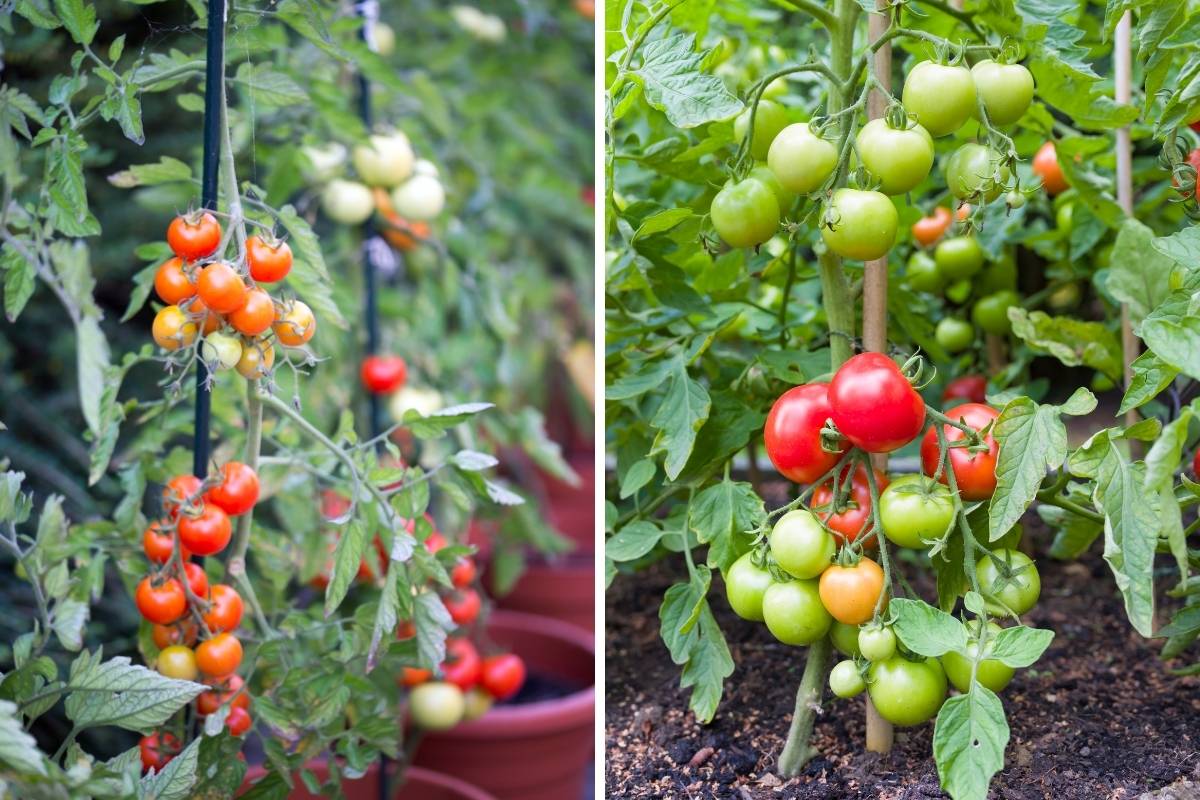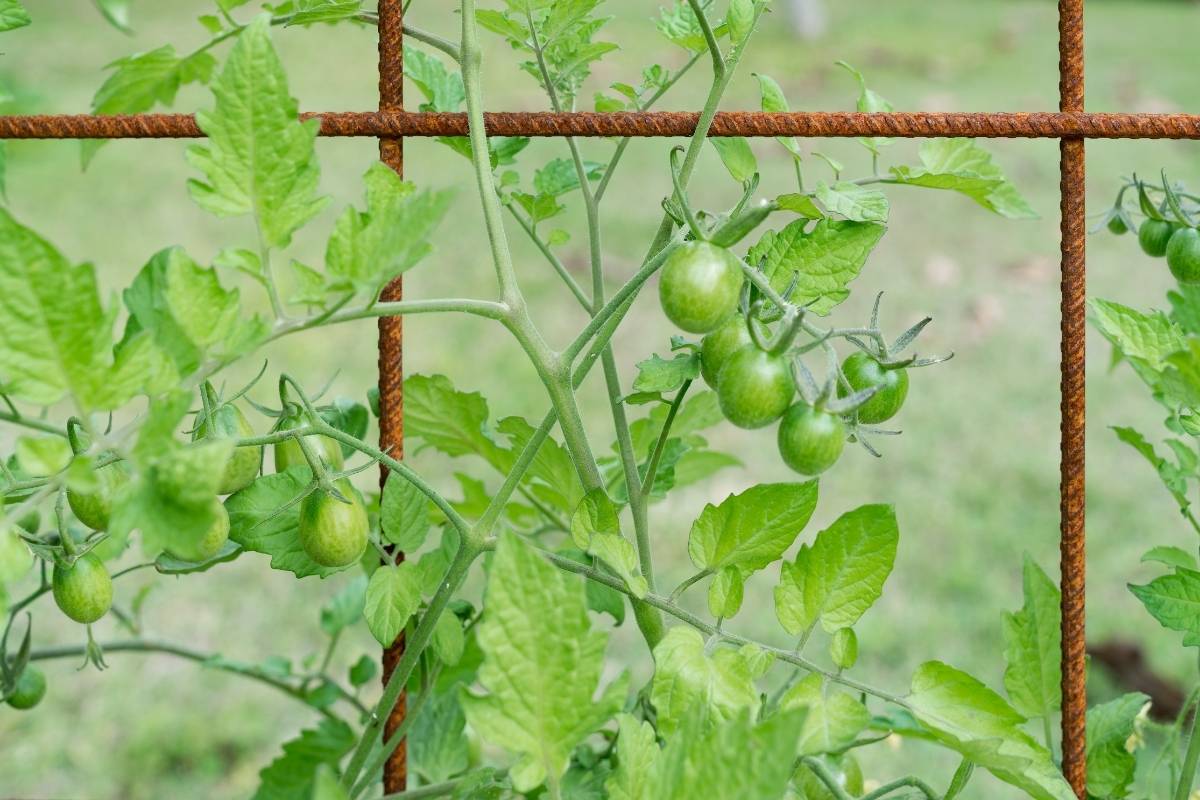No matter how hands-off and natural you prefer to keep your gardening, there’s no doubt that some plants require a little more care and attention than others. One example is the tomato, of which the common vine or indeterminate varieties can reward careful pruning and training with less disease and more fruit.
Why Prune Indeterminate Tomatoes?
Pruning tomato plants isn’t essential, and deciding whether to prune tomatoes deserves an article to itself. But, in brief, indeterminate varieties continue to grow all through the season, sending out new stems for as long as the weather allows. This means a single plant can quickly turn into a tangled mess that's prone to pests and diseases due to restricted airflow.
Unpruned vines will also fruit less than pruned vines, as most of their energy is spent on producing all that unnecessary greenery. For these tomato varieties, pruning is beneficial to produce a healthy plant with a worthwhile harvest of juicy, tasty fruits.
The Need for Support
Pruning isn't the only kind of care indeterminate tomatoes need. Left to their own devices, vine tomatoes will sprawl outwards as they grow their multiple stems. Not only is this untidy, but it makes pruning more difficult and also means the plant will collapse under its own weight once fruits start to form. What's more, without support, any fruit that does develop is at risk of rot if it's in contact with wet soil.
Therefore, indeterminate tomatoes require support of some kind, whether that's a simple stake, a cane wigwam, or a trellis set against a fence or wall. Taking all this into account, careful pruning and training of vine tomatoes should be done throughout the growing season. Here's how to do it.
When and How to Train Your Tomatoes
The tallest tomato varieties can reach 1.8m in height or more, so it's best to decide on your support method from the start to make sure it's not outgrown. Equally, it's important to put the support in place during planting to prevent root damage later on. The type of support is an individual choice between sturdy stakes, tomato cages, tripods or a trellis.
Many gardeners advise against actually tying the plant in until blossoms begin to form. Allowing the stems some free movement will encourage stronger stem growth in the early stages.
Once flowering starts, gently tie the stems into the support as the stems grow, keeping them growing upright but spaced apart while avoiding damage through tying in too tightly. Use a thick, soft string or tie to avoid cutting into the tender growing flesh. One sustainable option is to cut old cotton T-shirts into soft ties that can be composted after use.
And lastly, for training, once the growing tip reaches the top of the support prune it back to stop further upward growth; this will concentrate the plant’s energy into fruit production.
Restricting the Number of Stems
Left to grow naturally, a vigorous tomato plant can produce around ten stems in a season, creating new ones every time its sugar-producing ability exceeds its overall consumption. You might think more stems would equal more fruit and a better harvest, but this isn't necessarily the case. When a single plant needs to feed more fruits spread over more stems, each one will tend to be smaller, less juicy, and take longer to ripen.
To encourage a healthy harvest, it's common practice to limit the number of stems on a single plant to between one and three, removing new ones as soon as they start to develop.
Removing Suckers to Prevent Stem Growth
The main part of pruning involves removing the buds or shoots which form into new stems. These shoots are known as suckers, and each one creates a new growing tip that diverts energies from the main plant and its harvest. New suckers will appear continually throughout the growing season, meaning pruning should be a regular exercise to keep them under control.
Suckers form at the point where a leaf joins the main stem, and once you know how to recognise them, they're unmistakable. The most common way to describe them is as an 'extra arm' growing from an upside-down armpit, where the leaf stalk is the arm, the main stem is the body, and the suckers are the beginnings of a second arm sprouting in between.
It's important to remove suckers regularly and as soon as possible after they sprout. Removing older, larger suckers causes a greater wound to the plant with a higher risk of infection, as well as more overall trauma to the plant as it grows.
What's more, removing young and tender suckers is much easier than the older ones. Simply pinch one between your thumb and forefinger at its base and gently bend it back and forth until it snaps off. This technique is known as 'simple pruning' and is much kinder to the plant than snipping the suckers off with a blade, as it creates a faster-healing wound.
But if your attention slips and some suckers grow too large for simple pruning, you can still use a knife or secateurs to cut them off at the base, so long as you sterilise the cutting blades first to reduce the infection risk.
When pruning larger suckers, you can also use an alternative technique known as Missouri pruning. This involves cutting the sucker a little higher up, leaving a few leaves behind to increase the plant's ability to photosynthesise. In theory, this will speed up ripening as the plant can create more sugars, but the downside is that the remaining stem will produce more suckers of its own, increasing the pruning workload over a season.
Should You Prune Tomato Leaves?
While pruning stems and suckers is an essential part of growing indeterminate tomatoes, there are arguments both for and against pruning the leaves.
On the plus side, removing some leaves increases airflow around the plant to reduce mildew and blight. It also ensures the remaining leaves aren't left in shade, therefore maximising photosynthesis, and it also lets in more sunlight to help ripen fruits. On the downside, too much direct sunlight in high summer can burn the fruits, so it's important to find a balance.
That said, it's generally accepted that removing the leaves from the lower 30cm of the plant will reduce the risk of blight by keeping the foliage away from wet soil and the pathogens it contains.
However far you go in your pruning, don't let the tales of complexity scare you off. So long as you keep to the overall aim of stopping the plant from becoming tangled and unmanageable while still providing enough leaves to balance photosynthesis and fruit ripening, you can look forward to a healthy tomato harvest.









